Chicory, Escarole, Cranberry Beans and Meyer Lemon Segments
Gillian Ferguson’s Slow-Cooked Cranberry Bean and Meyer Lemon Salad
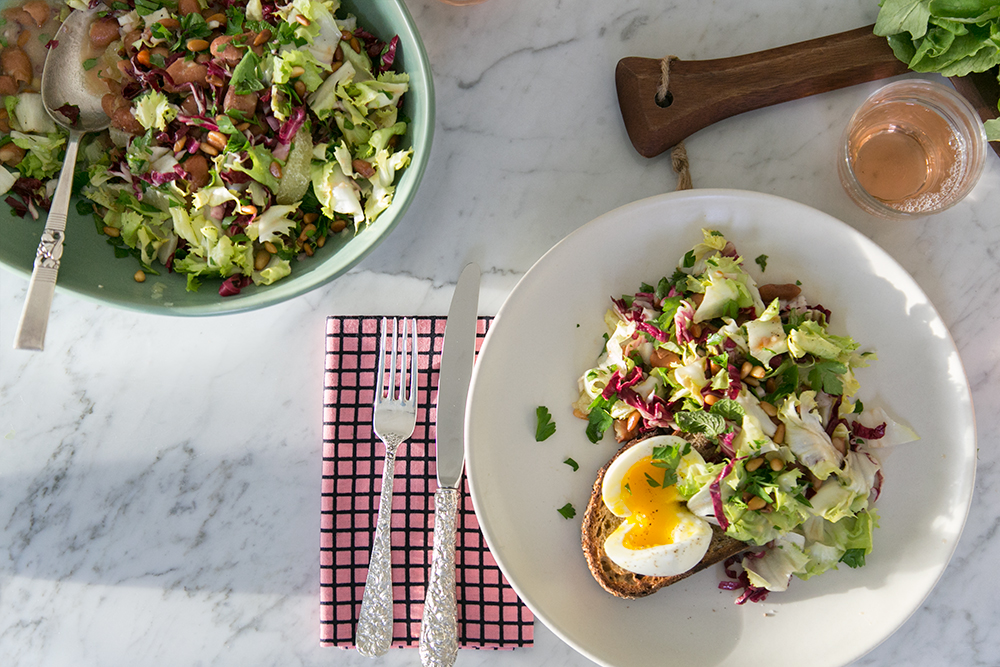
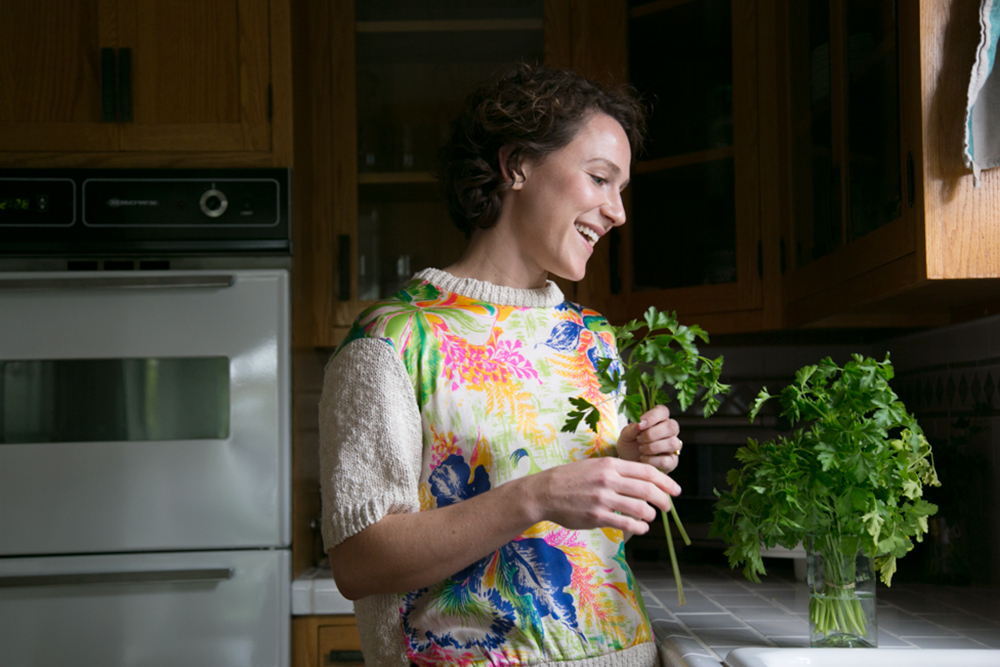
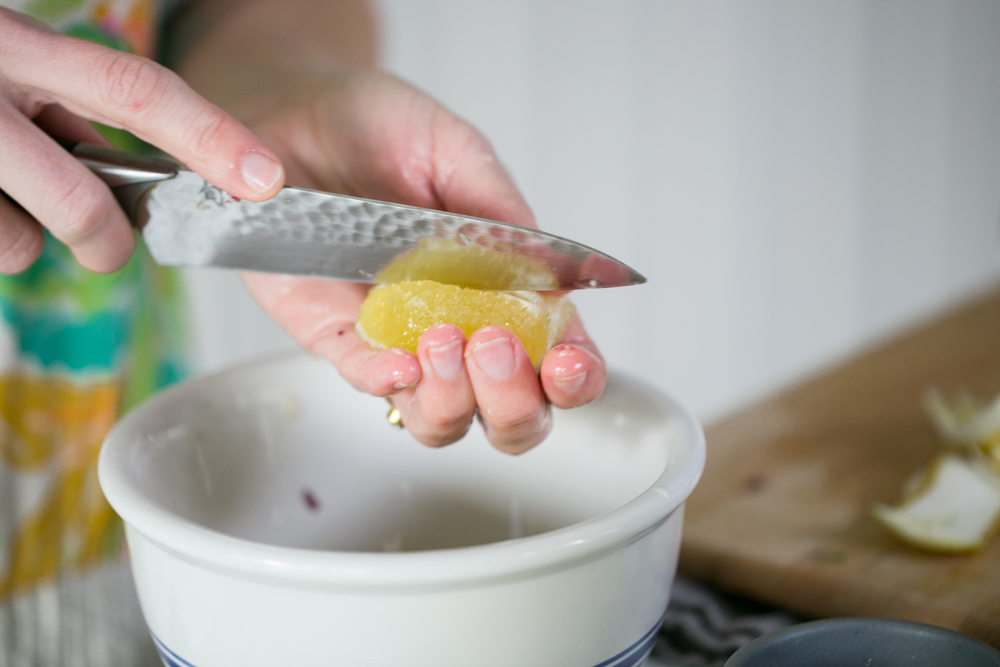
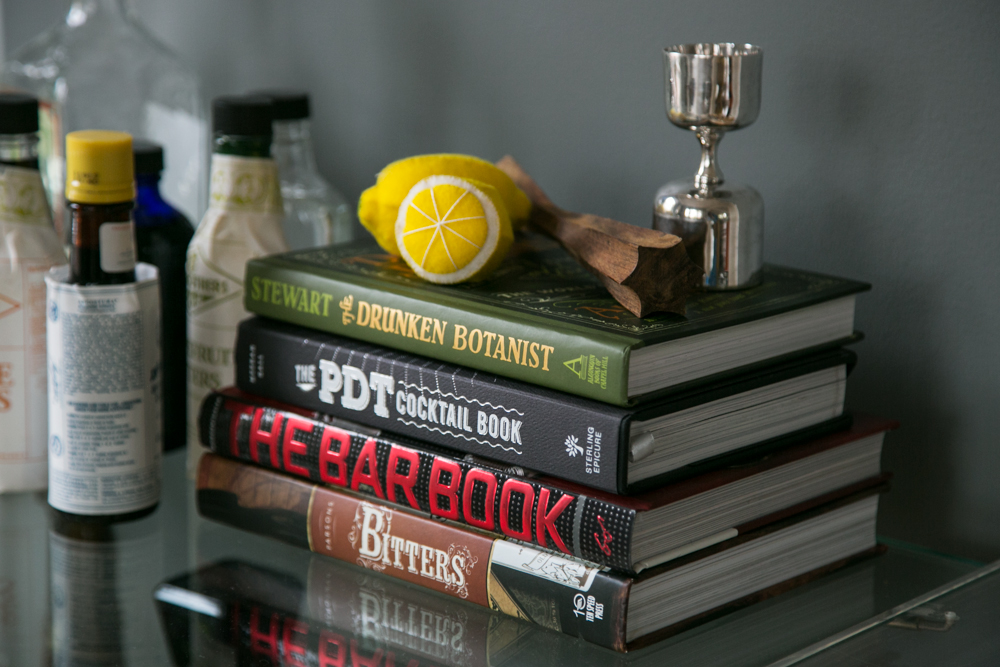
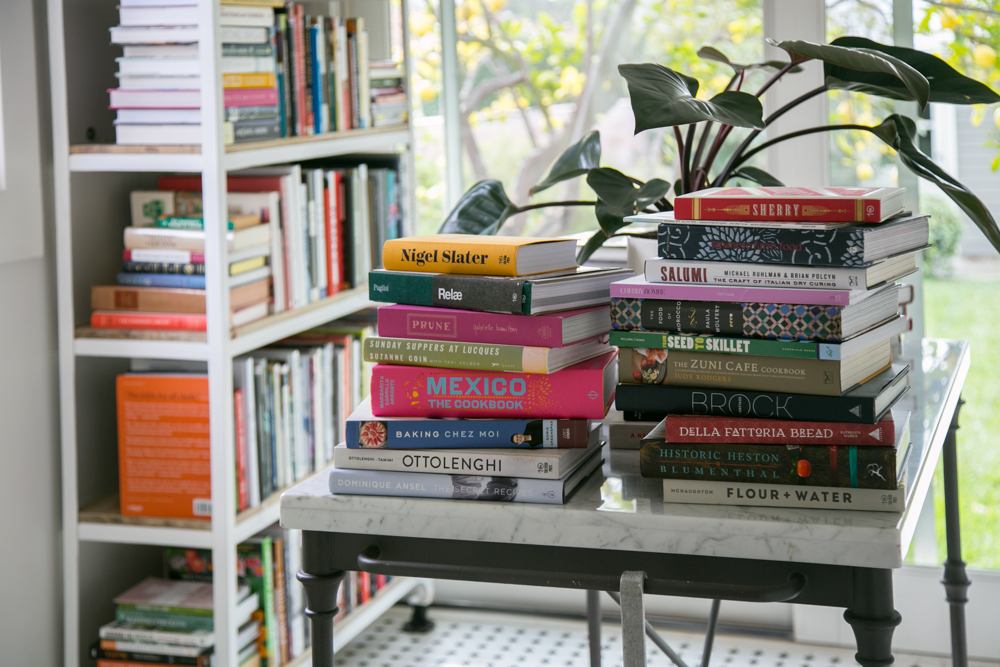
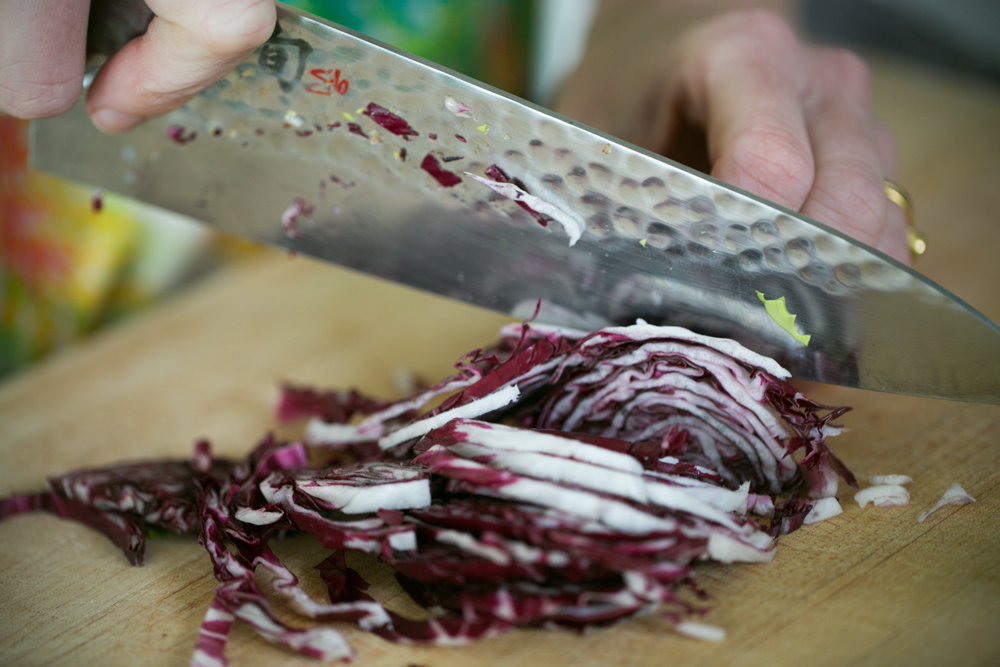
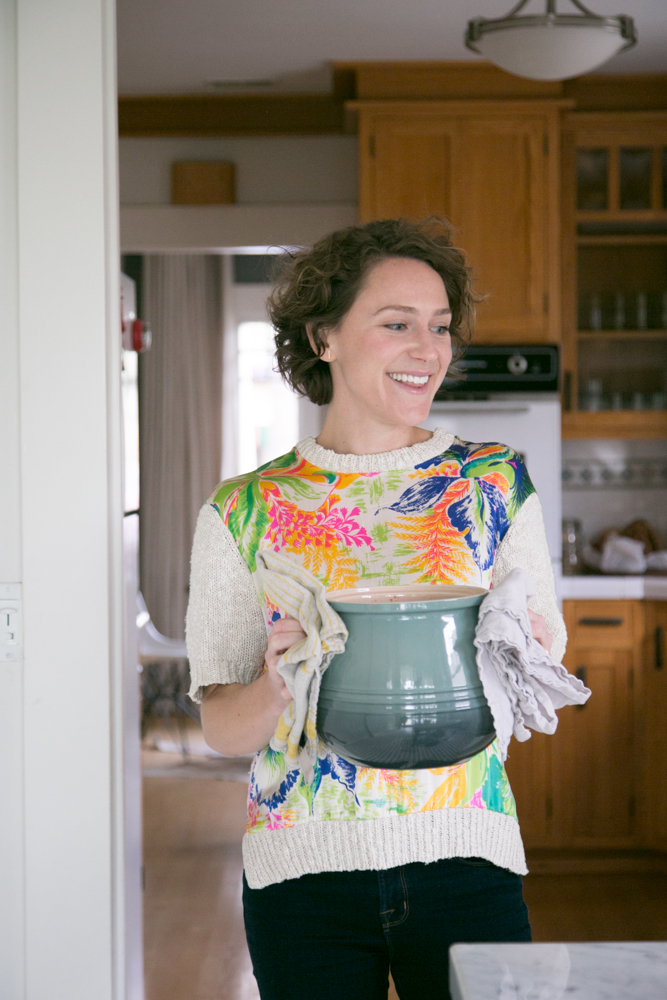
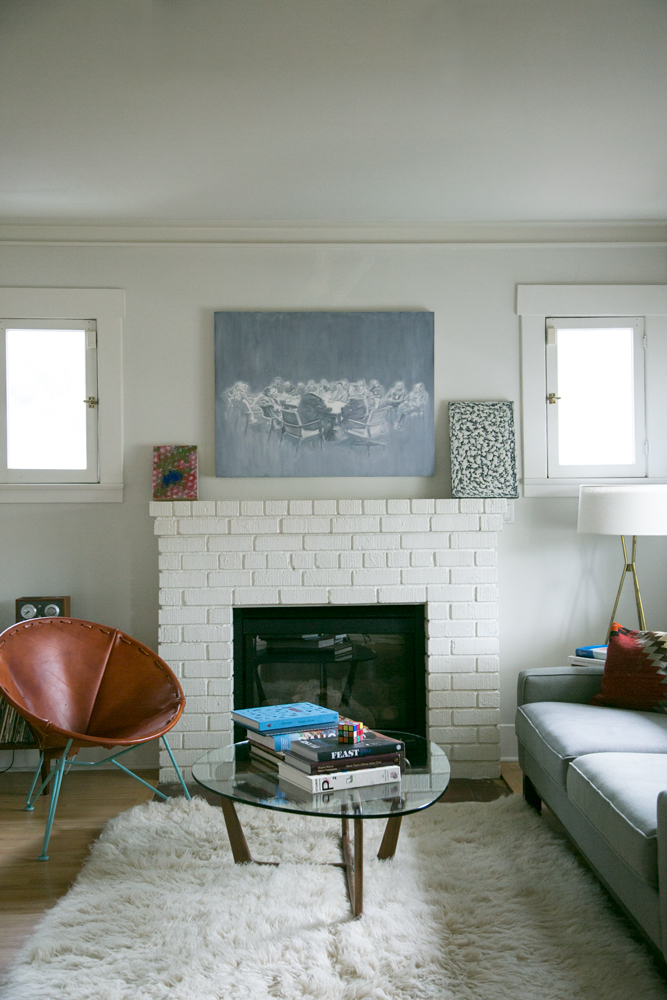
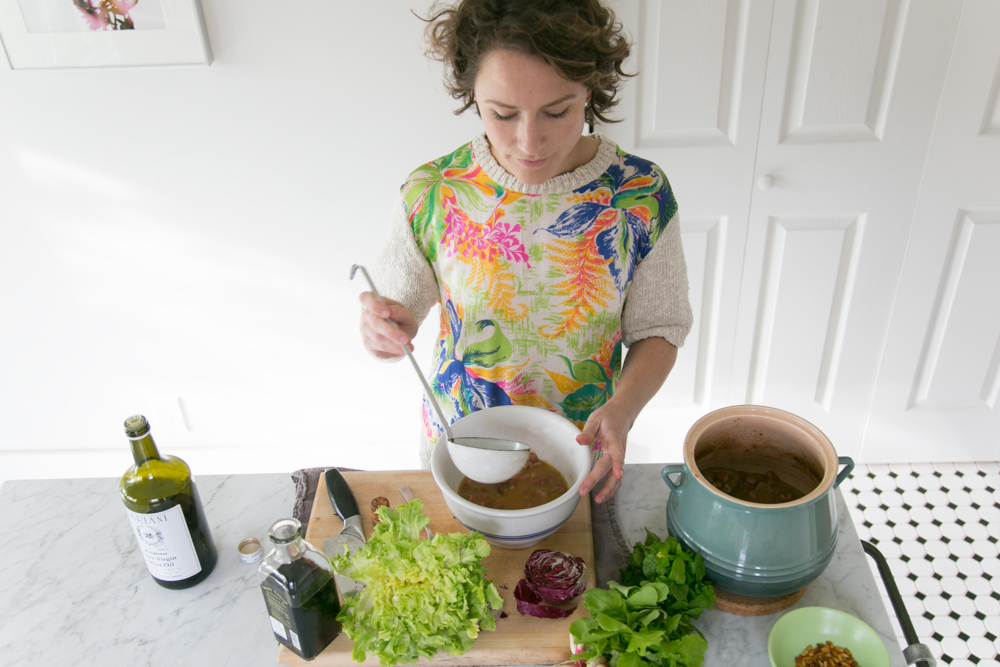
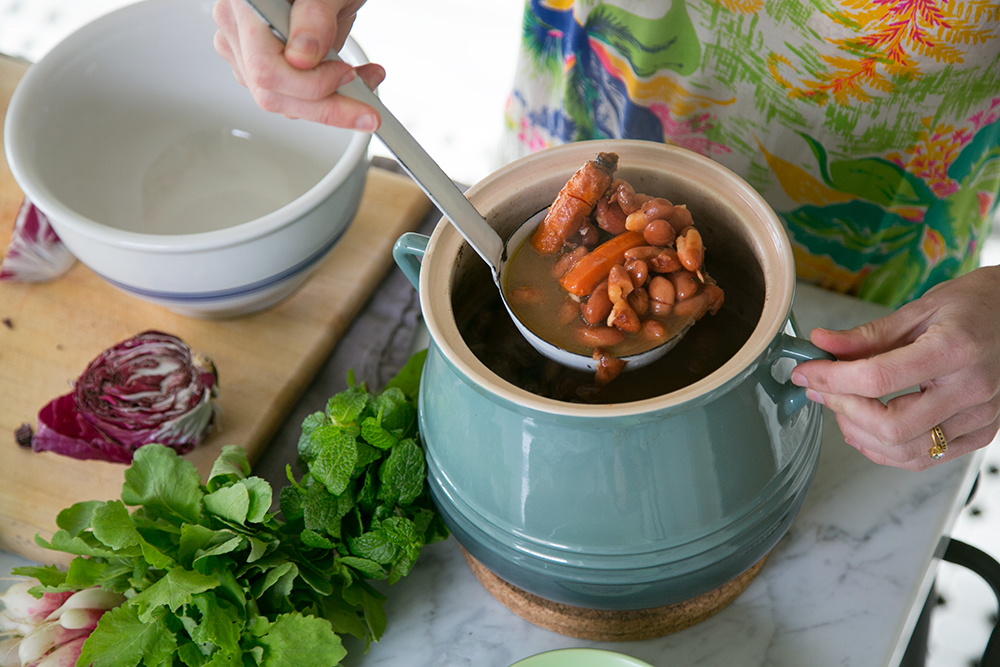
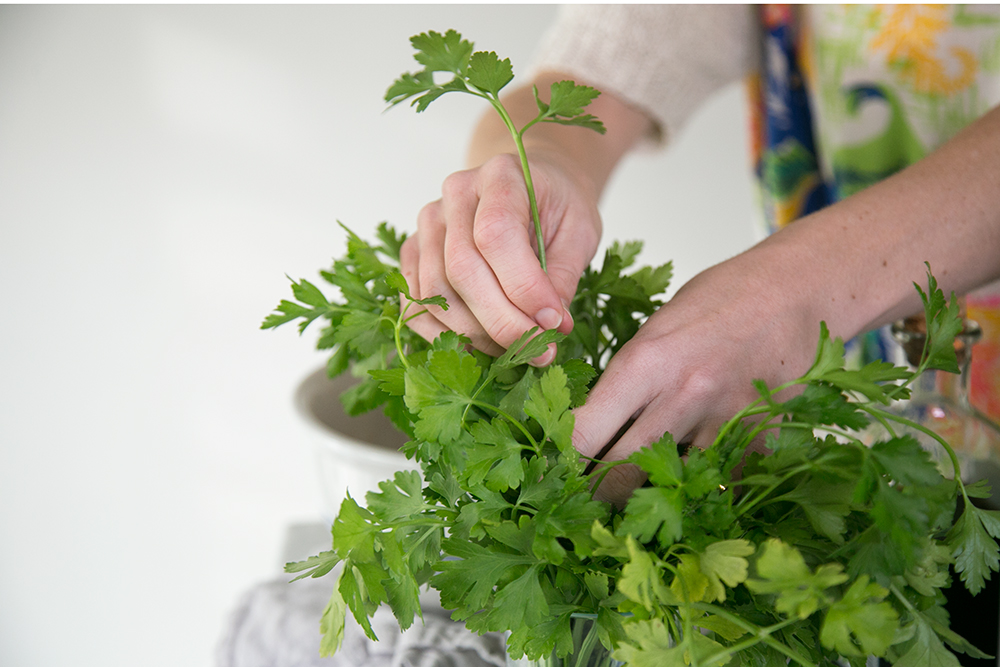
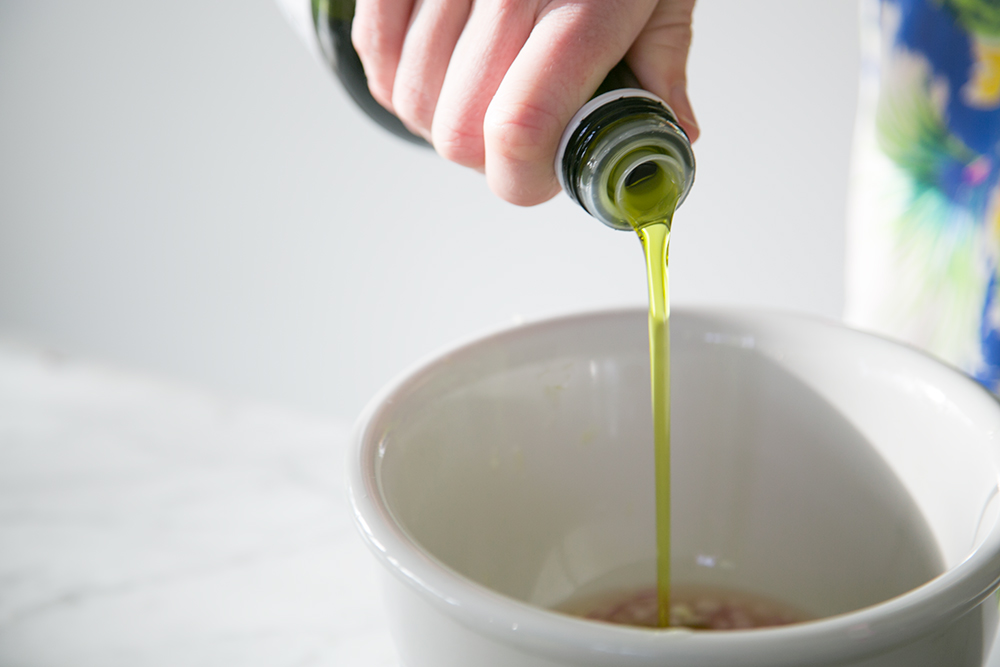
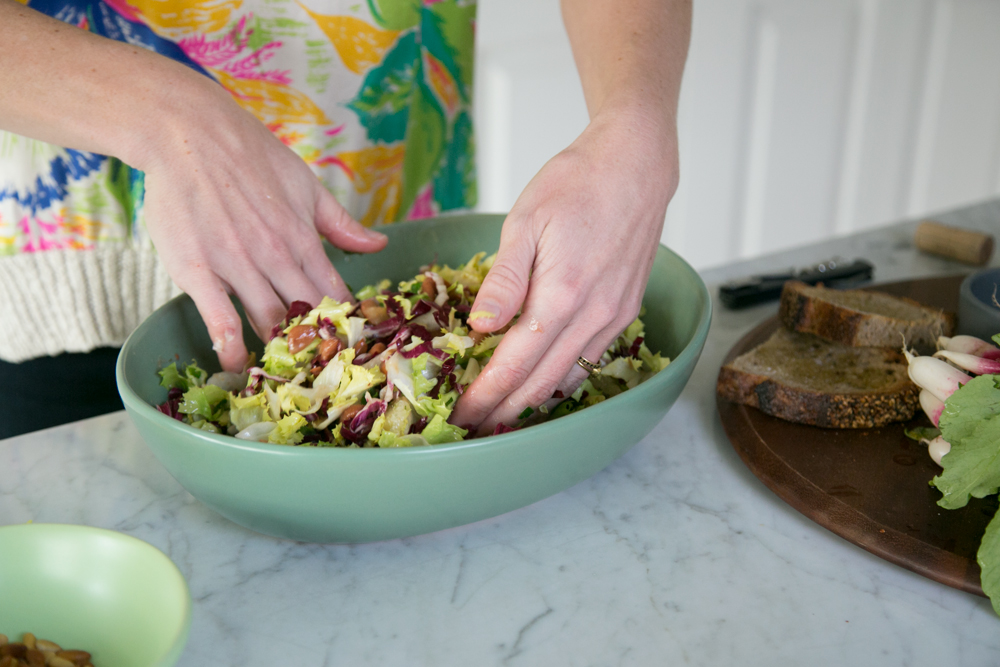
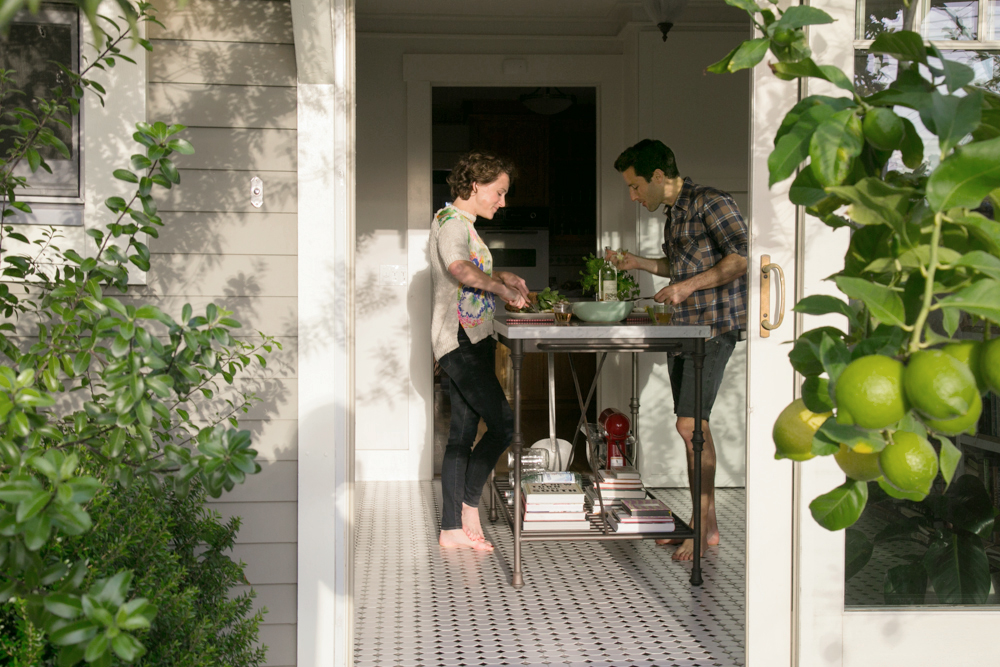
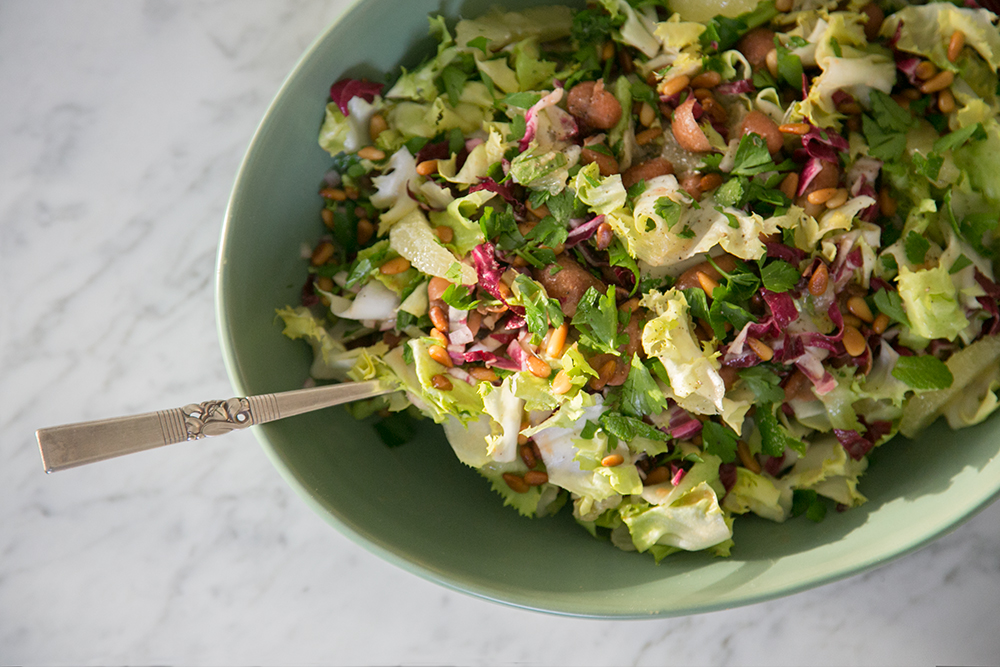
POSTED UNDER
- los angeles,
- VEGETARIAN
INGREDIENTS
- chicory,
- Cranberry Beans,
- Escarole,
- meyer lemon,
- Parley,
- Sherry vinegar
NOTES
The world of dried beans is far more to offer than you might think. Consider purchasing freshly dried beans at the Farmers Market, or splurge on the more expensive brands like Rancho Gordo. You will taste the difference in a bean that has not been sitting on the shelf for ages.
RECIPE
DIFFICULTY
HARD
SERVES
4
PREP TIME
180 MINS
Cranberry Beans
-
1lbDried cranberry beans
-
1carrot, peeled
-
1onion, halved and skin removed
-
2garlic cloves, crushed
-
2sprigs thyme
-
maldon salt and fresh ground pepper
-
1splashsherry vinegar
Salted Roasted Pine Nuts
-
1 1/2tspolive oil
-
1/4cuppine nuts
-
1/2tspmaldon salt
Salad
-
2small headsescarole, chopped
-
1small headradicchio, sliced into ribbons
-
2meyer lemons
-
2tbsshallots, minced
-
1/2 - 1tspsherry vinegar
-
1/4cupolive oil
-
1cupflat leaf parsley leaves
-
1/4cupmint leaves
-
1tblwhole grain mustard
-
maldon salt and freshly ground pepper
-
1 1/2cupcooked cranberry beans
-
1/4cupsalted roasted pine nuts
POSTED UNDER
- los angeles,
- VEGETARIAN
INGREDIENTS
- chicory,
- Cranberry Beans,
- Escarole,
- meyer lemon,
- Parley,
- Sherry vinegar
I knew my life was finally in order when I took stock of my celebrity crushes and found public radio producers and hosts, 90 year old sculptors, radical nuns and thought-provoking farmers on my list. In my eyes, this is the sign of a person with their priorities in order.
When Gillian Ferguson, the producer of my absolute favorite radio show, Good Food, agreed to attend the Fainting Club dinner I cooked in Los Angeles, I was beside myself. Good Food is, “a show for people who love to eat,” as described by its host, chef Evan Kleinman, but, this is not strictly a “foodie” affair. The show features stories about prison food, interviews with artists who address agriculture in their work, segments on culinary science, politics and technology. When I am not listening to KCRW on the radio in my car in L.A., this brilliant content is brought to me via podcast, often when I am exercising/wishing I were eating, or in bed/thinking about what I will eat for breakfast. I have never missed an episode.
After mine and Gillian’s first blind dinner date, we met at the Santa Monica Farmer’s Market where I had the pleasure of having her escort me down the aisles of veggie heaven*. Since Gillian produces the weekly Good Food “Market Report” (an encapsulation of what’s in season, what chefs are buying and how the farmers are faring), she really knows each and every farmer at this location. She gently tugs on my sleeve when I inch too close to the 2nd best persimmon stand (quelle horreur!), steering me towards her preferred dealer, JJ’s Lone Daughter Farm, where the owner tosses me a pro-tip: freeze your super ripe Hachiya persimmons, and douse them in dark rum before eating them like sorbet (I obediently followed her orders that night). We bumped into local chefs, chatted with Aarti of Aarti’s Party, and met a farmer who told us about her previous career as a classical cellist.
Gillian is a good friend for a salad-obsessed woman to have, and just the kind of girl who brings her A-game to a salad blogging invitation. This salad is a hearty meal, and takes some time to complete; I suggest you invite an acquaintance over to keep you company while those beans are cooking, crack open a bottle of rosé and make a new friend.
* Check out the sweet article Gillian wrote for Los Angeles Magazine about our afternoon together at the market.
Gillian Ferguson In Her Own Words
Julia: What is the inspiration or origin of this dish?
Gillian: It started when Maggie’s Farm had this beautiful escarole at the farmers’ market. I often wilt escarole into a warm pot of beans and poach an egg on top of it, but I wanted to do something different this time. So I was thinking about bean salads and remembered a Yotam Ottolenghi recipe from Plenty More where he uses whole lemon segments with cannellini beans. Then my mind jumped to Suzanne Goin’s Meyer Lemon and Green Olive salsa from her book Sunday Suppers at Lucques. I was imagining a sort of citrus-forward salsa verde as the dressing.
JS: Your cookbook collection is out of control. Do you really use all of these?
GF: It depends on what you mean by use. I read some like novels (Manresa, Relae) and continuously cook from others (Sunday Suppers at Lucques, Zuni Cafe), but I admit there is a huge stack that I keep around, hopeful for the day when I have time to spare and energy to cook.
JS: Walking through the Santa Monica Farmer’s market with you was thrilling due to your local celebrity status, and because you have a deep understanding of where your food comes from. You literally, “know your farmer,” but like, every single one of them. How has this changed the way you shop, cook and eat? I cannot imagine a more intimate way to buy your groceries.
GF: The farmers are the celebrities at the market! I am so lucky that my job requires me to go to the Wednesday Santa Monica Market every week. I have such a deep respect for all the farmers there, and getting to know them has changed the way I shop. If a farm has been hit hard by the drought I try to purchase what crop they have. If a farmer tells me that it’s the last week from Blenheim Apricots, I’m going to buy twice as many.
People say that California doesn’t have seasons, but I see the seasons change almost every week at the farmers market. You don’t get that when you shop at Whole Foods.
JS: What led you to your current job as a producer for Good Food?
GF:I started out as a fan. I moved to L.A. from New York in October of 2008 when the economy was in the gutter. I heard Evan Kleiman on air during KCRW’s winter pledge drive and she promised to cook a dinner at her restaurant Angeli for anyone who pledged $50 during Good Food. I was broke so I borrowed the money from my boyfriend and literally stalked her at that dinner and begged to volunteer. Three years later I was hired as the Supervising Producer.
JS: What does it really mean to be a “Supervising Producer?”
GF: I once over-heard Evan compare my job to making a short documentary each week. It starts with finding the content, then I work on the production which involves recording, editing and writing scripts. Then, of course, there is the social media, the blog and the newsletter and events. As if that wasn’t enough, we host this epic pie contest every year. The most recent one saw 378 pies entered and 2000 attendees. It’s a monster to produce, but I have a fierce ally in the events team at KCRW.
JS: From the sound of it, you had a vibrant career in the blue chip art world prior to the coveted career you have now in the food world. What precipitated the shift for you?
GF: That’s funny. I think my career in art was in some ways more coveted than my career now. In college I bounced around museums like MoMa PS1, and SFMoMA, and eventually spent four years at David Zwirner Gallery. I loved working there, but at a certain point I realized I’d rather be talking about restaurants than about art. Around that time I read The Omnivore’s Dilemma and had my first meal at Blue Hill. It sounds corny, but that book and that meal changed my life.
JS: What was most palpable part of this transition? Was there a noticeable difference in ethos, priorities or approach when you began working in food?
GF: I was struck by how few marketable skills I had gained in my time working in the commercial art world. Food is so much more concrete. Art can be about politics, but food is political. Everyone has to eat. And that excites me.
JS: Why do you think food and art worlds seem to want to overlap so much more these days?
GF: I think artists want to connect with their audience and food is a great medium of expression. It’s performative, it’s sensory, it’s beautiful. And like I said earlier, everyone has to eat. Food can be really democratic.
JS: You worked on a farm for four months. What did you take away from that experience?
GF: I spent a few months working on Green String Farm in Petaluma. I lived in the farmhouse with 14 other people. We would work in the fields in the morning and then have a lesson with farmer Bob Cannard in the afternoon. Bob has been growing exclusively for Chez Panisse for decades. He’s a guru in the natural process farming world. His lessons ranged from compost tea methodology, to how to use a chainsaw. One afternoon he taught us how to read each other’s auras.
JS: What do you do when you are not cooking, writing or thinking about food?
GF: I’m embarrassed to admit this but I’m sort of an exercise addict. I plan my day around my pilates class. I also see a lot of shows with my husband (he’s an artist) and love spending time with my girlfriends…but that usually involves eating too!